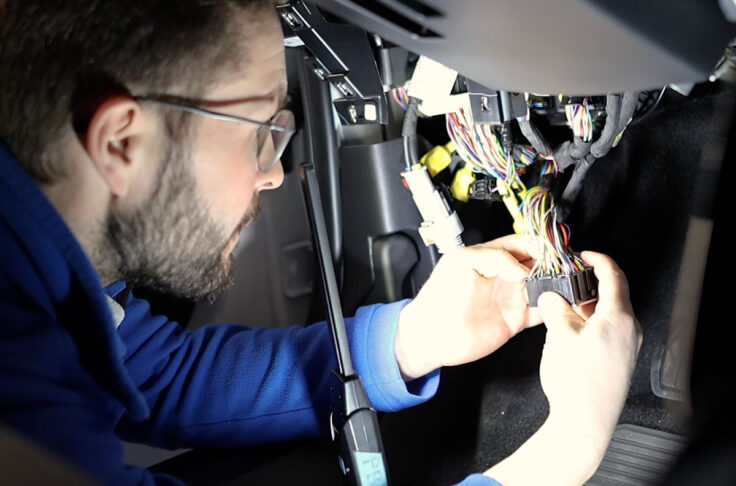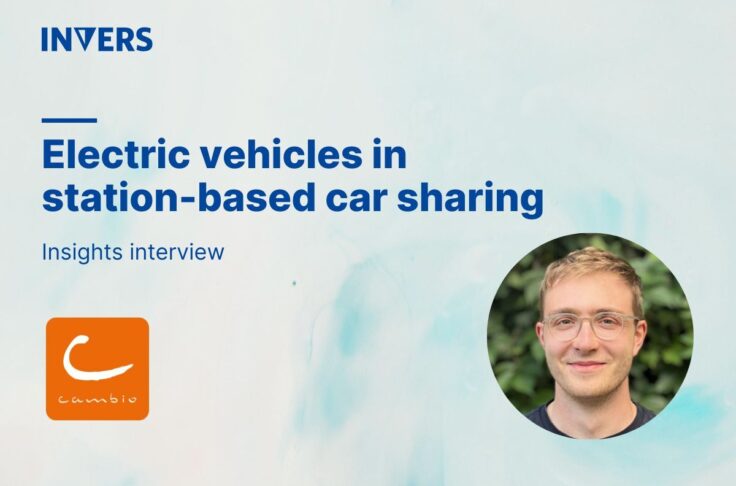Building Better Cities with Car Free Days
Summary
The second part of this two-part series highlights how mandating car free days helps people understand the value of less congestion, while also building social validation that shared mobility is a viable source for alternative transportation options.

Instead, people are encouraged to use alternative transportation options, which has traditionally involved walking, biking, and public transportation. As of recently, shared mobility has also been added to the mix. From carsharing to ridesharing, these options can provide first and last mile options to supplement the distance where walking and public transportation is less feasible.

Understandably, some people rely on their private vehicles out of necessity, like consultants or field workers. However, for those who make the average two trips a day to and from work, transportation options can and should be reassessed.
Related Posts

Car Sharing, Shared Mobility
Webinar Recap: 4 Things You May Not Know About Telematics
This webinar brought together industry experts from AutoMobility Advisors and Enterprise Car Share to discuss how to run a successful telematics pilot. The conversation covered common pitfalls, essential metrics, and best practices for transitioning from a small-scale trial to a full rollout with minimal disruptions.

Car Sharing, Support Stories
How We Solve Vehicle Integration Challenges in Car Sharing
Successful car sharing starts with a deep vehicle analysis to map the CAN bus design of every vehicle. This is the story of our vehicle analysis and support philosophy that makes your car sharing work.

Car Sharing, Expert Interviews
Insights Interview on Station-Based Car Sharing with cambio
We interviewed Paul Kreiner, Product Manager Booking & Electrification Strategy Lead at cambio. He shared his perspective on fleet changes over time, electrification differences and challenges for EV rollout.